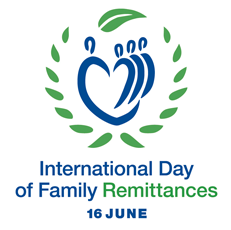The inexplicable trend in remittances
The headlines today read worker remittances sent home are up. And surely they are: about 12.5 percent year-on-year in terms of five months data. But the real story of which the market was clueless about at the time of writing this note was the phenomenal drop in month-on-month numbers in November 2018.
According to data released by State Bank of Pakistan remittance inflow in November 2018 stood at $1608 million, sharply down on month-on-month basis (month-on-month) and barely up in year-on-year terms (2 percent).
There are no exceptional movements in any corridor in November 2018 data that may explain the trend in total remittances, save for the fact that remittance inflows from ‘Other GCC countries’ dropped 21 percent year-on-year in November 2018.
This is inexplicable because this category has been decently performing for some time, and in fact Kuwait to Pakistan and Bahrain to Pakistan are among the five lowest remittance corridors in South Asia
Recall that October 2018 saw a phenomenal growth amid a host of theories and anecdotes that were summarized in BR Research’s last month’s coverage of remittance data. (See Remittance revival! published Nov, 12, 2108). A month-on-month drop was expected given the high base of $2000 million set in October 2018. But such a steep drop shows that neither of those theories and anecdotes are working. Or is that theories take a deep pause?
Another reason behind the October 2018 rise in remittance that wasn’t discussed in last month’s coverage that the government of Pakistan had finally paid the much pending subsidy of sorts to financial institutions involved in remittance business. The subsidy partially covers the cost of remittance as banks and exchange companies have been asked to provide remittance services to Pakistani diasporas at cheap rates to attract remittance flows to formal channel.
When the government cleared the much pending payment just before October, it refilled the working capital of their remittances shop, following which banks and exchange companies pursued remittance business with even more rigour. However, if that was the reason behind the growth in October, then why didn’t it positively affect November inflows, which are barely up 2 percent year-on-year.
That said, one thing that looks particularly obvious from historical trends that the remittances usually begin tapering off from December till February each year. If this year follows previous years’ trends, then come February brace for impact.




